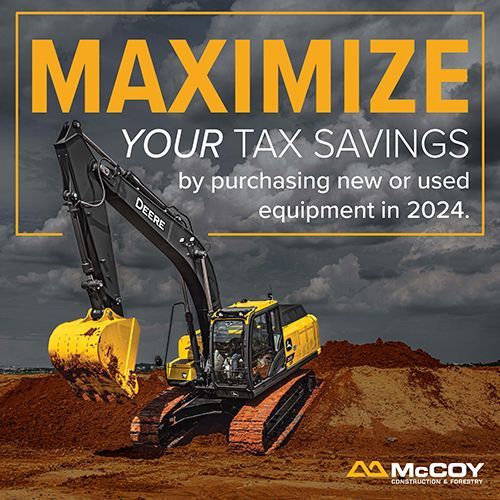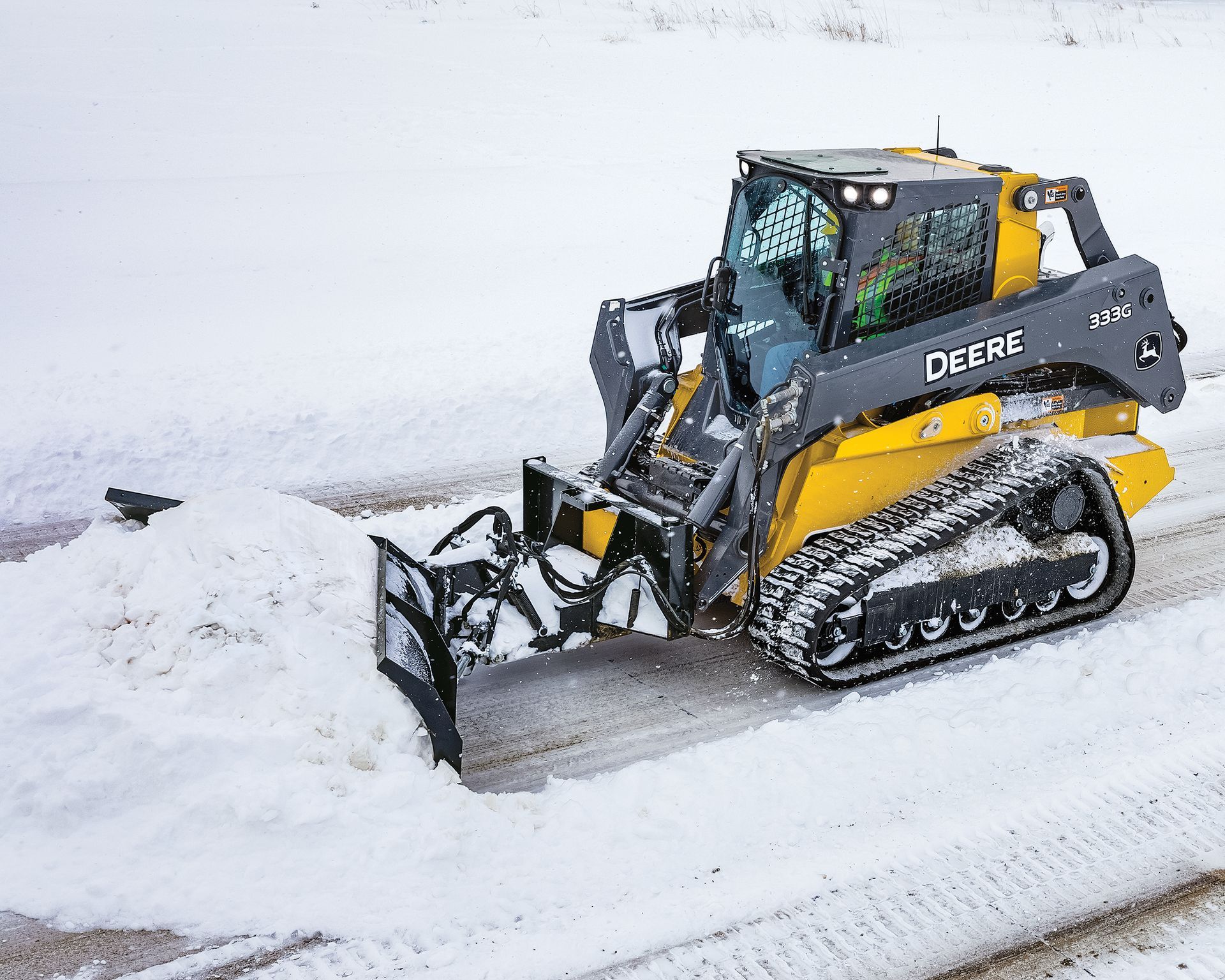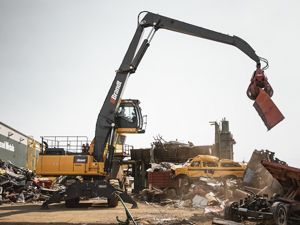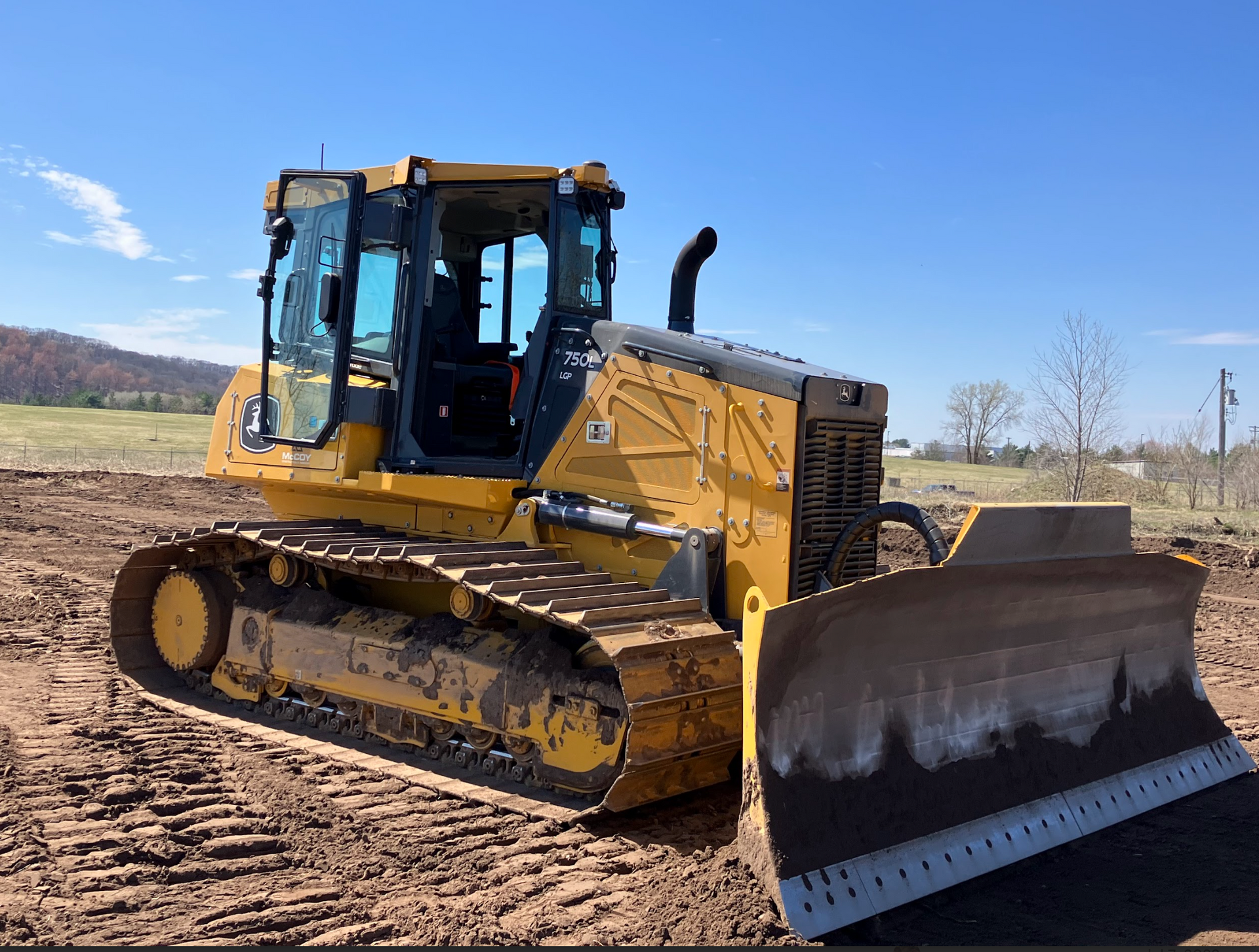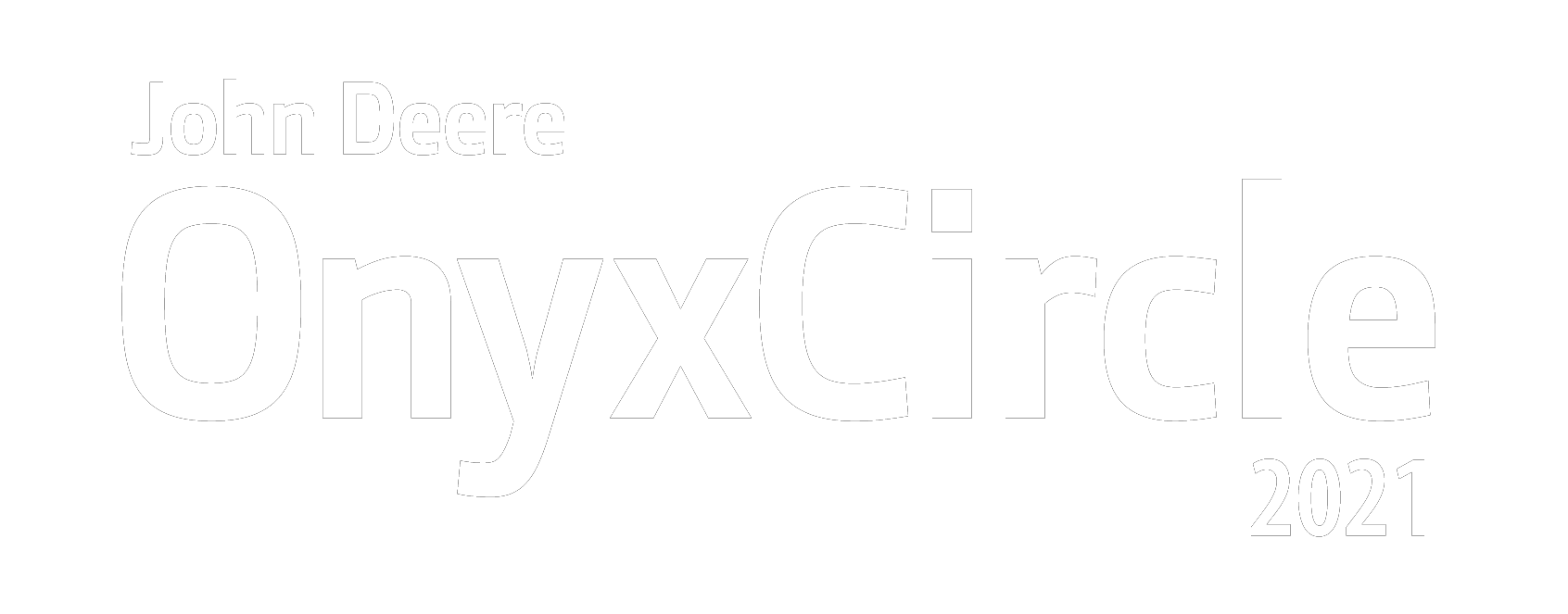Are you a construction business owner looking to invest in new heavy equipment? Leveraging the benefits of using Section 179 for construction equipment can be highly advantageous.
The IRS’s Section 179 provision gives business owners an opportunity to decrease their tax bill, while at the same time, enhancing their equipment fleets. Section 179 provides businesses with a powerful tool as they look to manage expenses while maximizing tax savings. This code allows buyers to deduct the full purchase price of qualifying equipment, machinery and software in the same year they are placed into service.
What is Section 179 and how does it work?
Section 179 allows business owners to deduct the cost of certain capital expenditures on qualifying business equipment and property up to a set limit. This is a huge advantage for construction and forestry businesses, where equipment costs can be a significant part of their overall expenses.
To be eligible for the Section 179 deduction, the equipment must be purchased and placed in service within the same tax year. Additionally, it must be used for business purposes more than 50% of the time. If the equipment is also used for personal purposes, only the percentage of business use is deductible.
In 2024, the IRS Section 179 limit allows businesses to deduct up to $1.22 million of qualifying property, but when your total equipment purchases exceed $3.05 million, the deduction begins to phase out dollar-for-dollar. Limits apply to specific property; please consult with your tax advisor to ensure you’re maximizing deductions.
Using Section 179 for construction equipment provides numerous benefits. Firstly, it offers a significant tax deduction, reducing the overall cost of acquiring necessary equipment. By deducting the full purchase price, businesses can also lower their taxable income and improve cash flow.
Section 179 vs. Bonus Depreciation.
When considering tax deductions for construction equipment, two popular strategies are Section 179 and 2024 bonus depreciation. Both offer significant benefits, but understanding the differences and factors to consider is crucial before making a decision.
Section 179 allows businesses to deduct the full purchase price of qualifying equipment in the year it was purchased, subject to an annual limit. In contrast, bonus depreciation allows businesses to deduct a percentage of the equipment's cost in the first year, in addition to regular depreciation deductions. In 2024, the bonus depreciation percentage is set at 60%. However, to qualify, the equipment must have a useful life of 20 years or less.
Choosing the right tax strategy for construction equipment investment depends on various factors, such as your company's financial situation, equipment needs, and future plans. Consulting with a tax professional can provide personalized advice based on your specific circumstances.
Wouldn’t it be nice to roll into 2025 with a new John Deere (or new-to-you) excavator, bulldozer or harvester, while reducing your tax bill?
In the final weeks of 2024, we invite you to contact your McCoy Construction & Forestry sales representative for help finding the perfect equipment for your operation.
Note: Information provided in this document is for illustrative purposes only. McCoy Construction & Forestry and its owners, agents, employees, affiliates, suppliers and partners are not tax advisors. This document is not intended to offer any tax advice. Please consult with qualified tax professionals concerning your specific situation.

